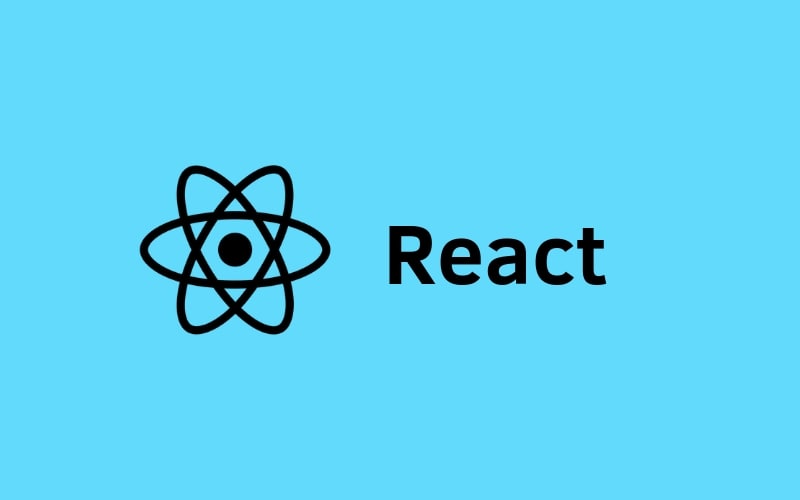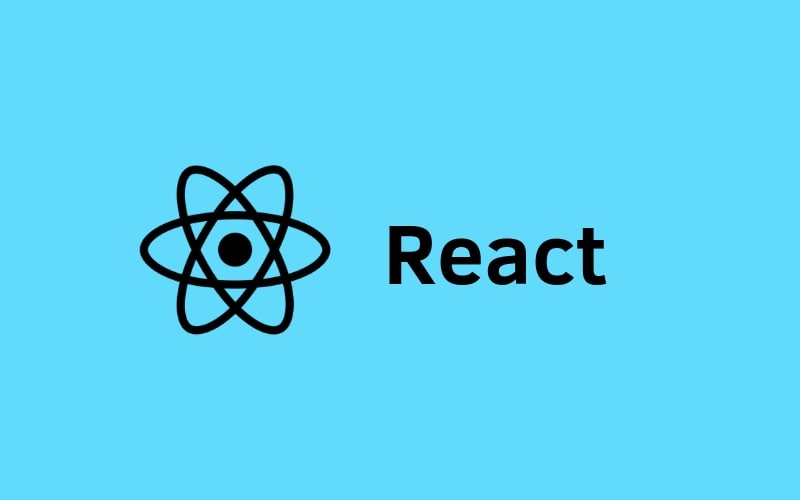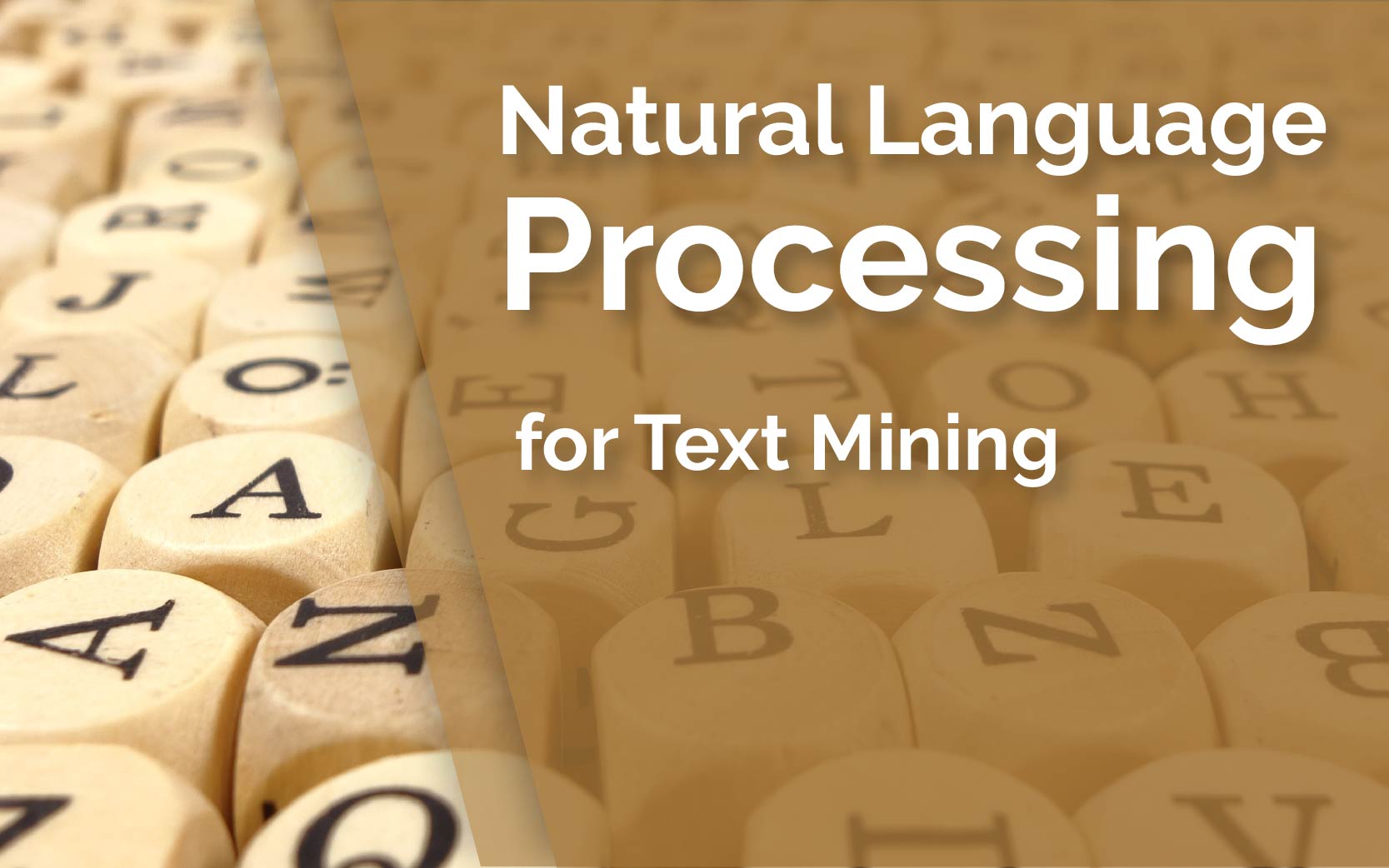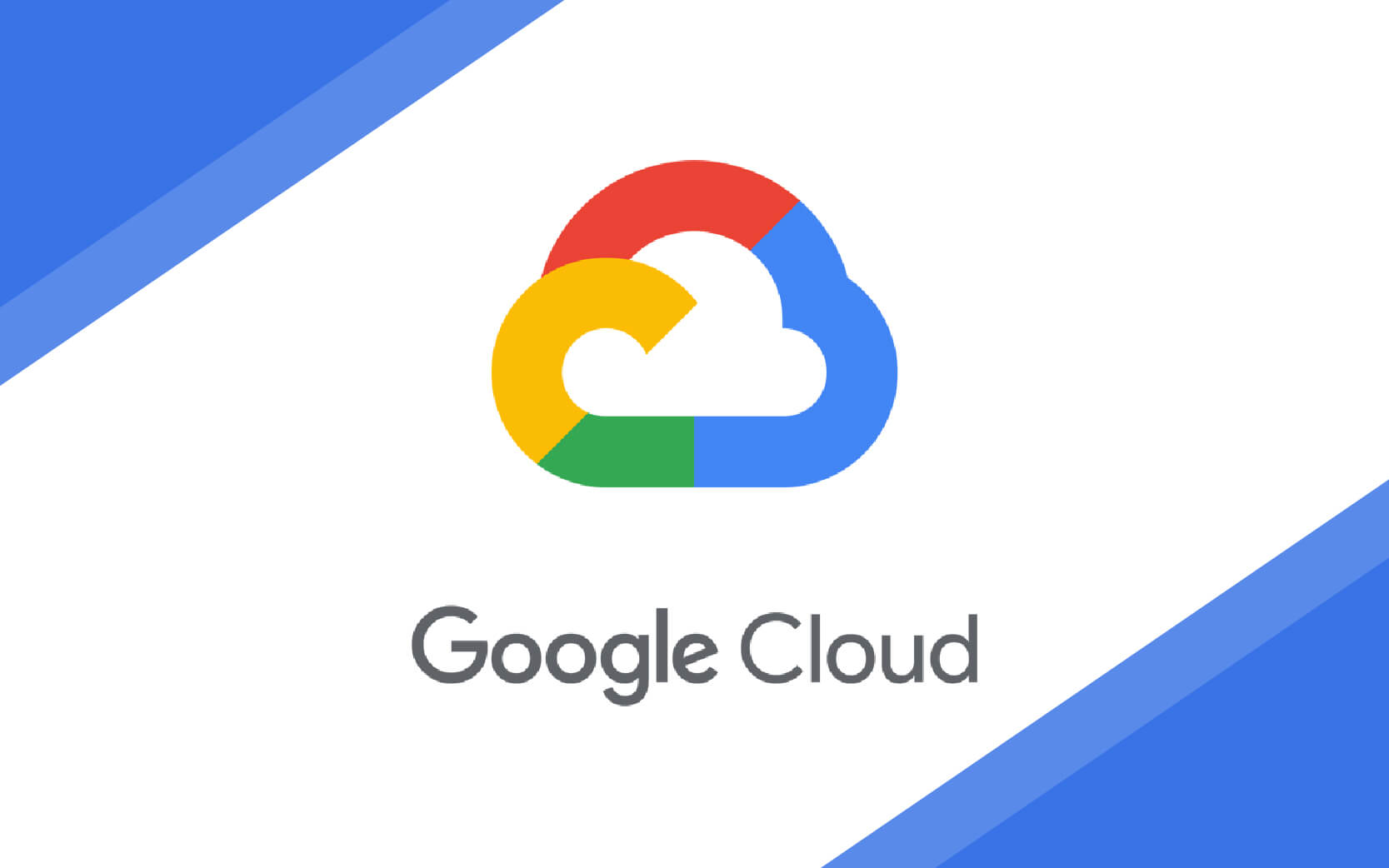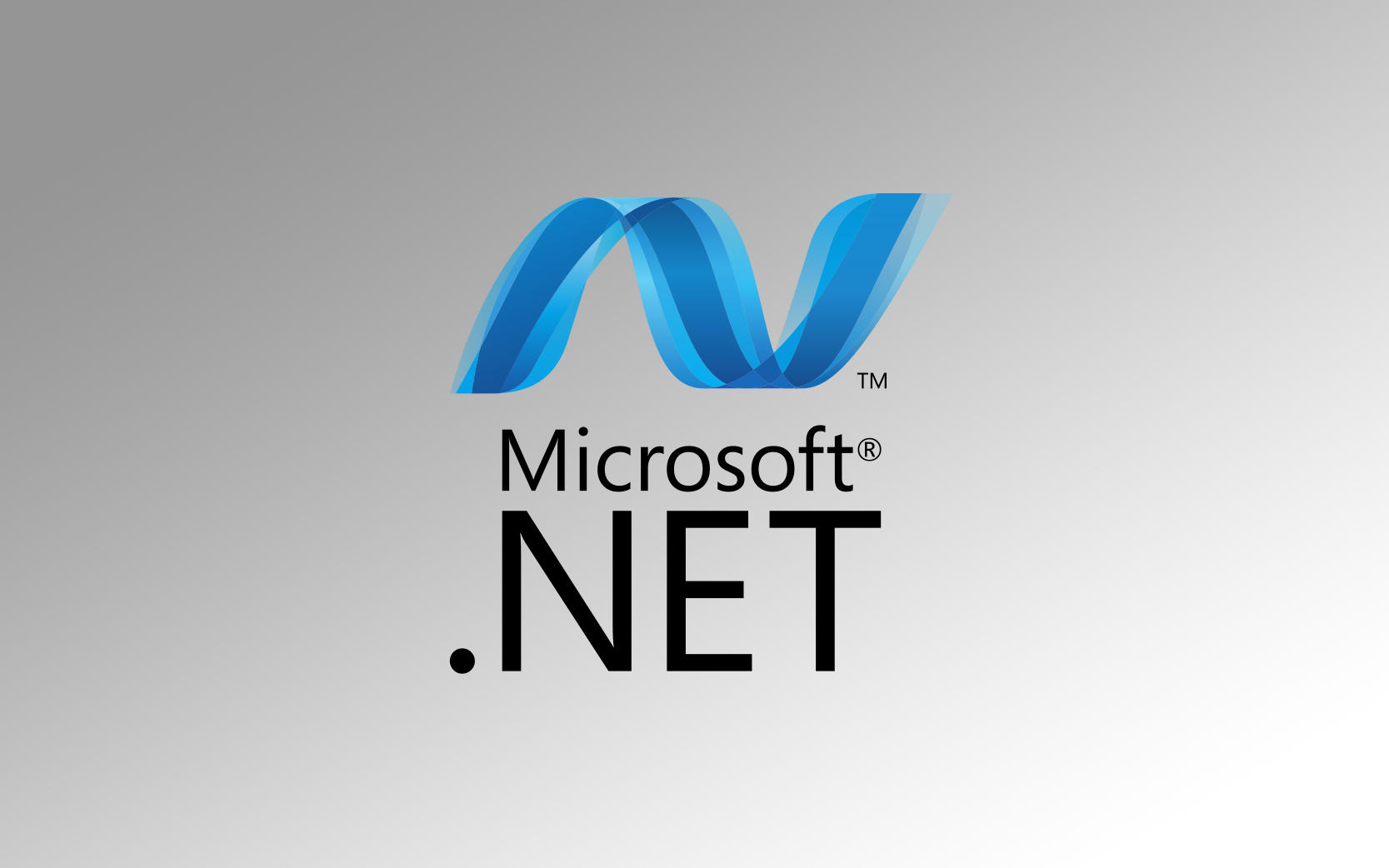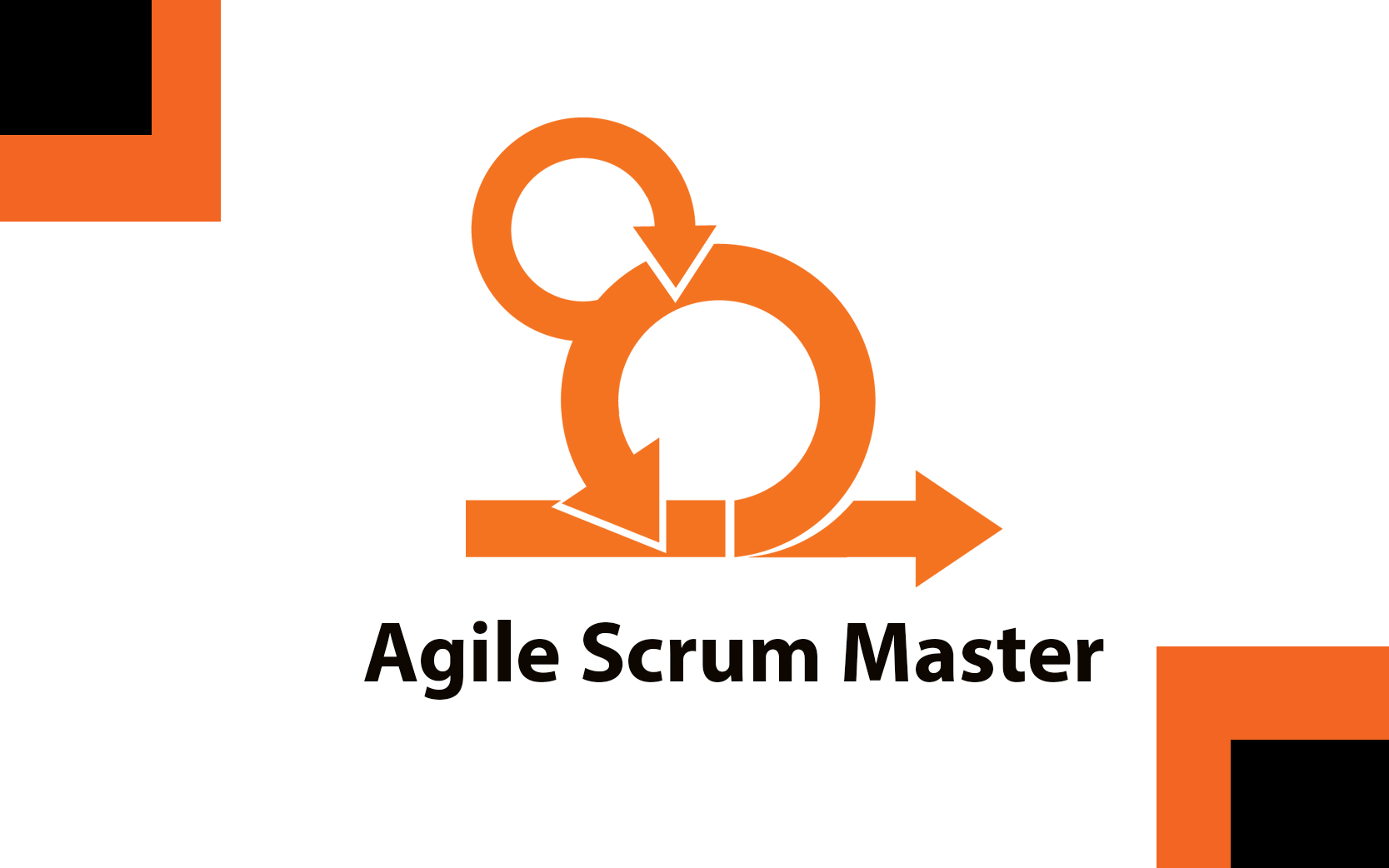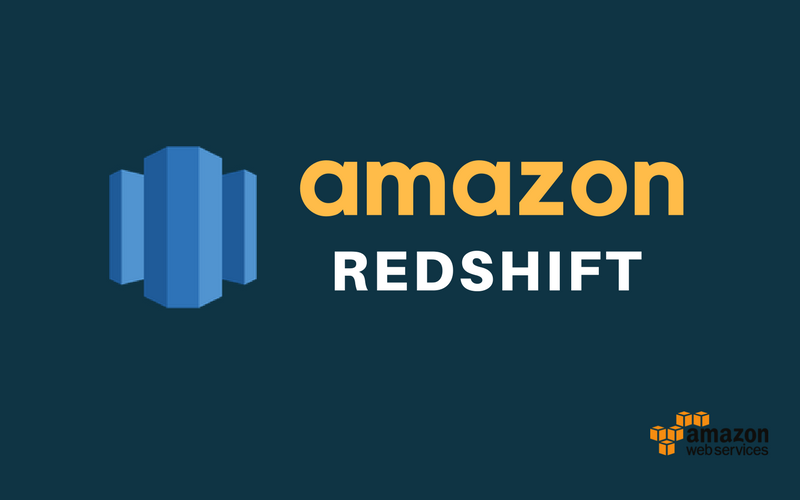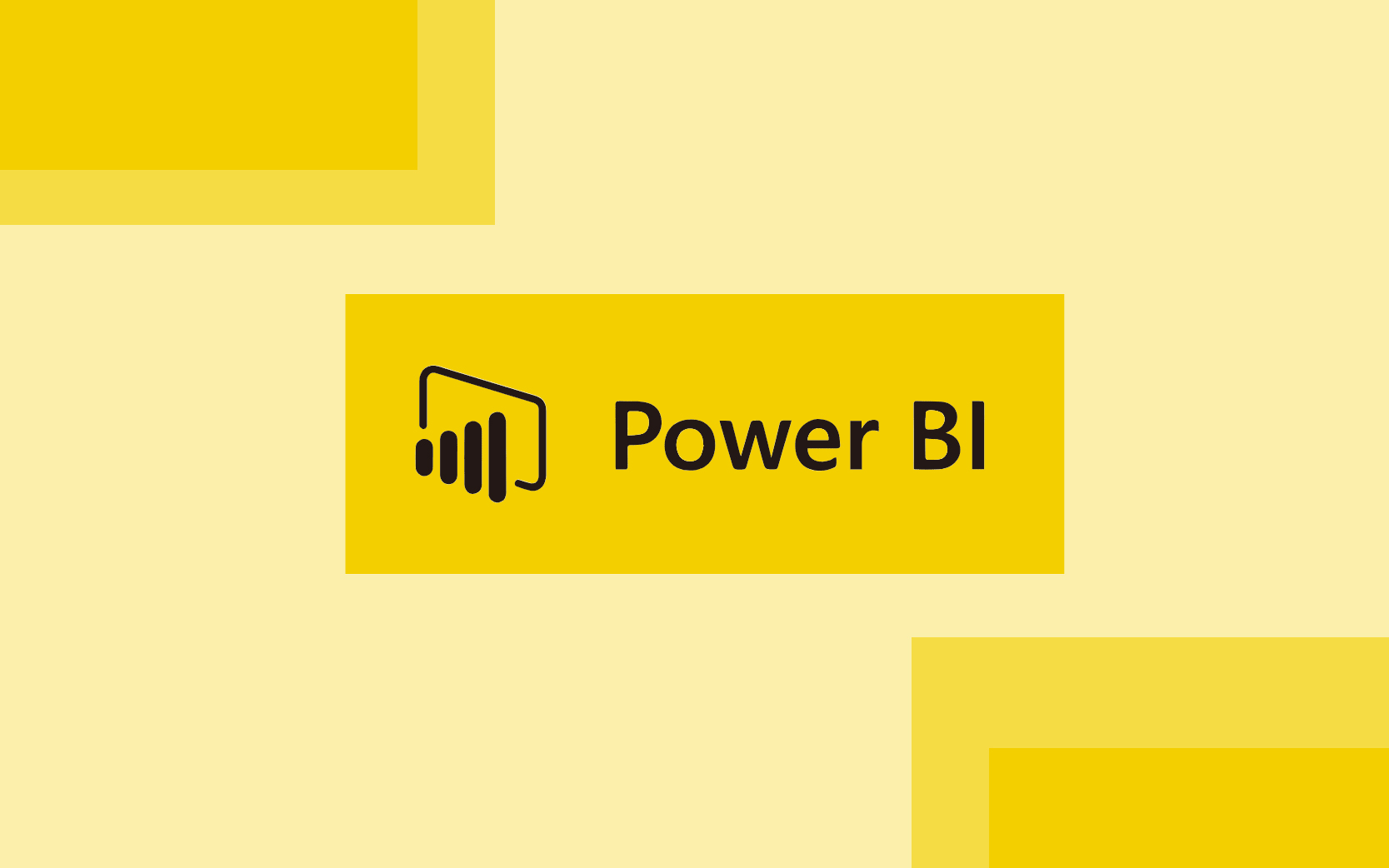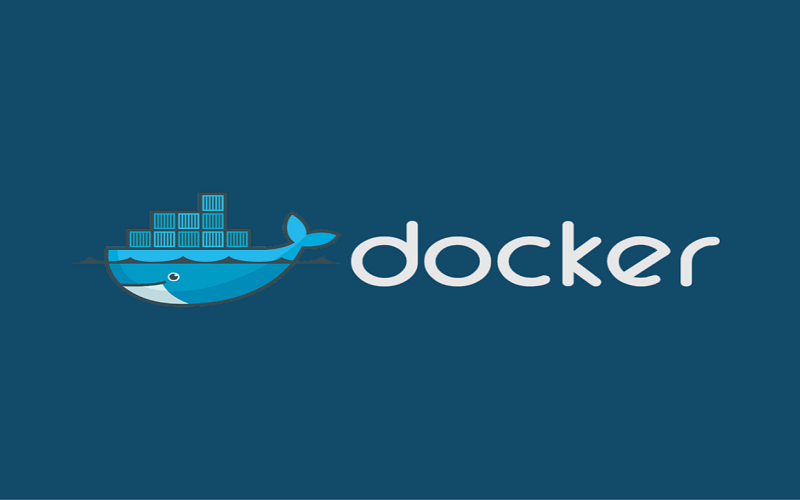
Angular JS Training
Angular JS Course:
AngularJS is a structural framework for dynamic web apps. It lets you use HTML as your template language and lets you extend HTML's syntax to express your application's components clearly and succinctly. Angular's data binding and dependency injection eliminate much of the code you would otherwise have to write. And it all happens within the browser, making it an ideal partner with any server technology. Angular is what HTML would have been, had it been designed for applications. HTML is a great declarative language for static documents. It does not contain much in the way of creating applications, and as a result building web applications is an exercise. This course also bootstraps with Angular 2. Migration from AngularJS 1 to Angular 2. Candidates will be developing 2 projects as a part of this course.


Angular JS Course Curriculum
Preparing the Example Project
Setting the Boundaries of an AngularJS Application
Defining Controllers
Defining Filters
Using Modules to Organize Code
Why and When to Use Directives
Using the Data Binding Directives
Creating Two-Way Data Bindings
Generating Elements Repeatedly
Working with Partial Views
Conditionally Swapping Elements
Preparing the Example Project
Showing, Hiding, and Removing Elements
Handling Events
Managing Special Attributes
Managing Other Attributes
Preparing the Example Project
Implicitly Creating Model Properties
Validating Forms
Providing Form Validation Feedback
Using the Special Variables to Provide Feedback
Using the Form Directive Attributes
Using Text Areas
Why and When to Use Controllers and Scopes
Understanding the Basics
Setting Up the Scope
Organizing Controllers
Reusing a Controller
Reusing a Controller
Using Scope-less Controllers
Setting Up jQuery UI
Counting the Button Clicks
Why and When to Use Filters
Downloading the Localization File
Formatting Currency Values
Formatting Other Numeric Values
Changing String Case
Localizing Filter Output
Limiting the Number of Items
Sorting Items
Creating Custom Filters
Creating a Collection Filter
Why and When to Create Custom Directives
Creating a Custom Directive
Implementing the Link Function
Handling Data Changes
Navigating the Document Object Models
Creating and Removing Elements
Other jqLite Methods
Replacing jqLite with jQuery
Preparing the Example Project
Defining How the Directive Can Be Applied
Using a Function as a Template
Selecting an External Template with a Function
Managing Directive Scopes
Giving Each Directive Instance Its Own Scope
Preparing the Example Project
Using Compile Functions
Adding another Directive
Handling External Changes
Formatting Data Values
Why and When to Use and Create Services and Modules
Maintaining a Single Module
Creating and Using a Service
Using the Service Method
Using the Built-in Modules and Services
Preparing the Example Project
Why and When to Use the Global Object Services
Accessing the Document Object
Accessing the URL
Dealing with Exceptions
Working with Exceptions
Implementing a Custom Exception Handler
Why and When to Use the Dangerous Data Services
Using an Unsafe Binding
Working with AngularJS Expressions and Directives
Converting Expressions into Functions
Compiling Content
Why and When to Use the Ajax Services
Making Ajax Requests
Other General RDD Operations
Receiving Ajax Responses
Setting Ajax Defaults
Working with Promises
Consuming the Promise
Chaining Outcomes Together
Why and When to Use the REST Services
Creating the RESTful Service
Creating the AngularJS Application
Listing the Product Data
Creating Products
Testing the Ajax Implementation
Installing the ngResource Module
Configuring the $resource Service Actions
Why and When to Use the View Services
Understanding the Problem
Using URL Routing
Defining the URL Routes
Wiring Up the Code and Markup
Accessing Routes and Routes Parameters
Using Controllers with Routes
AngularUI Router
Preparing the Example Project
Why and When to Use the Animation Service
Defining and Applying an Animation
Supporting Touch Events
Why and When to Use Touch Events
Handling Swipe Gestures
Why and When to Use the Provision and Injection Services
Registering AngularJS Components
Determining Function Dependencies
Obtaining Service Instances
Getting the $injector Service from the Root Element
Angular-translate
Teaching Your App a New Language
Switching the Language at Run Time
Angular-gettext
Usage
Translating Our Strings
Changing Languages
What Is a Cache?
Caching through $http
Security
Whitelisting URLs
$sce API
Trusted Context Types
Ajax Caching
Getting Angular Apps Indexed
Options for Handling SEO from the Server Side
Using Zombie js to Grab HTML Snapshots
Prerender io
Understanding Chrome Apps
Building the Skeleton
tab html
The Main Module
Sign Up for Wunderground’s Weather API
Implementing a User Service
Sprinkling in Time Zone Support
What to Optimize
Optimizing the $digest Call
Optimizing Filters
Debugging AngularJS
Debugger
Working with Yeoman, Grunt & Bower in Angular
Organizing your Code
Writing Directives and Views
Communicating Between Components
Communicating with The Server
Unit Testing
Frequently Asked Questions
This "Angular JS" course is an instructor-led training (ILT). The trainer travels to your office location and delivers the training within your office premises. If you need training space for the training we can provide a fully-equipped lab with all the required facilities. The online instructor-led training is also available if required. Online training is live and the instructor's screen will be visible and voice will be audible. Participants screen will also be visible and participants can ask queries during the live session.
Participants will be provided "Angular JS"-specific study material. Participants will have lifetime access to all the code and resources needed for this "Angular JS". Our public GitHub repository and the study material will also be shared with the participants.
All the courses from zekeLabs are hands-on courses. The code/document used in the class will be provided to the participants. Cloud-lab and Virtual Machines are provided to every participant during the "Angular JS" training.
The "Angular JS" training varies several factors. Including the prior knowledge of the team on the subject, the objective of the team learning from the program, customization in the course is needed among others. Contact us to know more about "Angular JS" course duration.
The "Angular JS" training is organised at the client's premises. We have delivered and continue to deliver "Angular JS" training in India, USA, Singapore, Hong Kong, and Indonesia. We also have state-of-art training facilities based on client requirement.
Our Subject matter experts (SMEs) have more than ten years of industry experience. This ensures that the learning program is a 360-degree holistic knowledge and learning experience. The course program has been designed in close collaboration with the experts working in esteemed organizations such as Google, Microsoft, Amazon, and similar others.
Yes, absolutely. For every training, we conduct a technical call with our Subject Matter Expert (SME) and the technical lead of the team that undergoes training. The course is tailored based on the current expertise of the participants, objectives of the team undergoing the training program and short term and long term objectives of the organisation.
Drop a mail to us at [email protected] or call us at +91 8041690175 and we will get back to you at the earliest for your queries on "Angular JS" course.
Recommended Courses
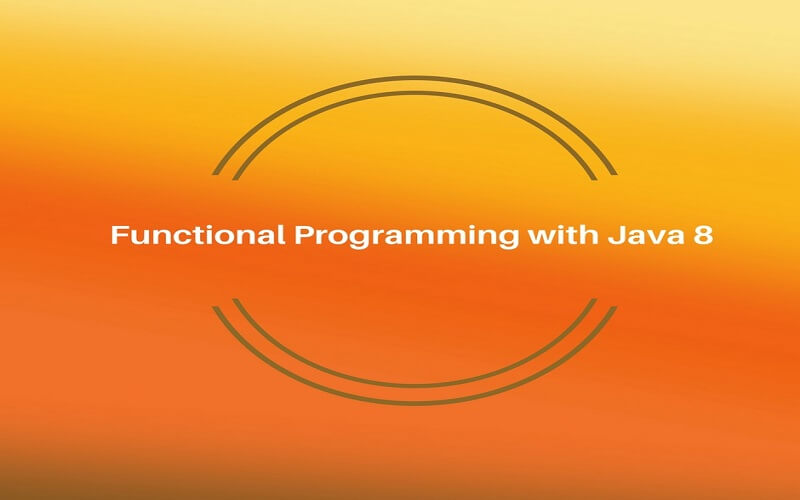
Java 8
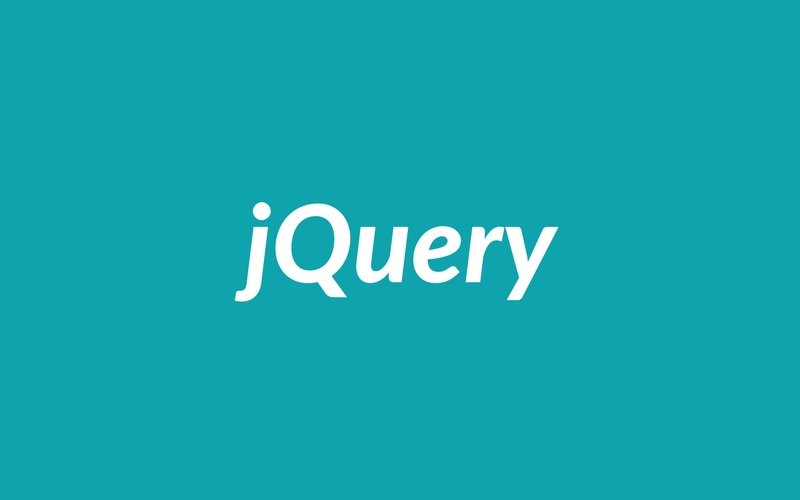
jQuery

Web Scraping using Python
Feedback
